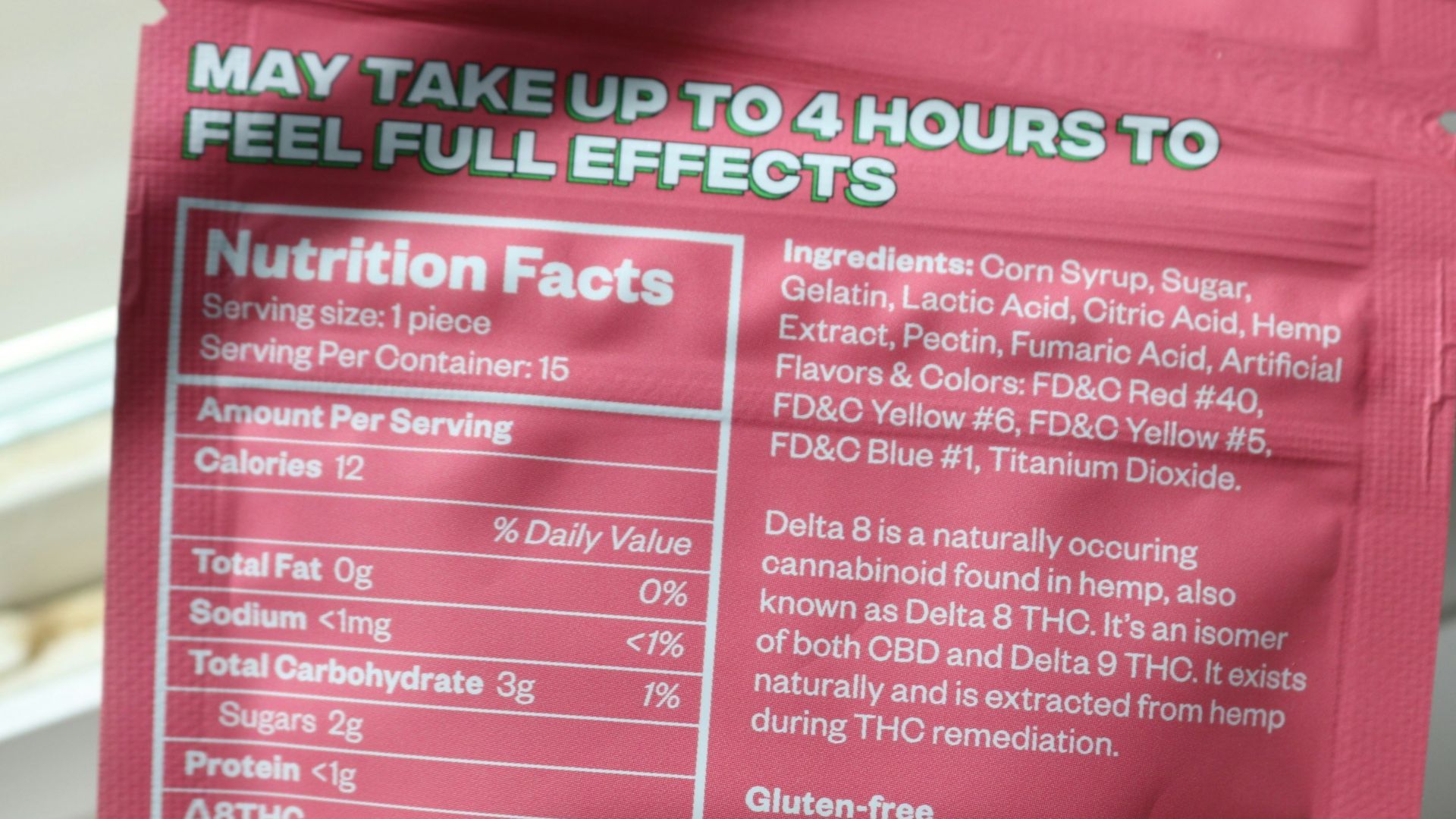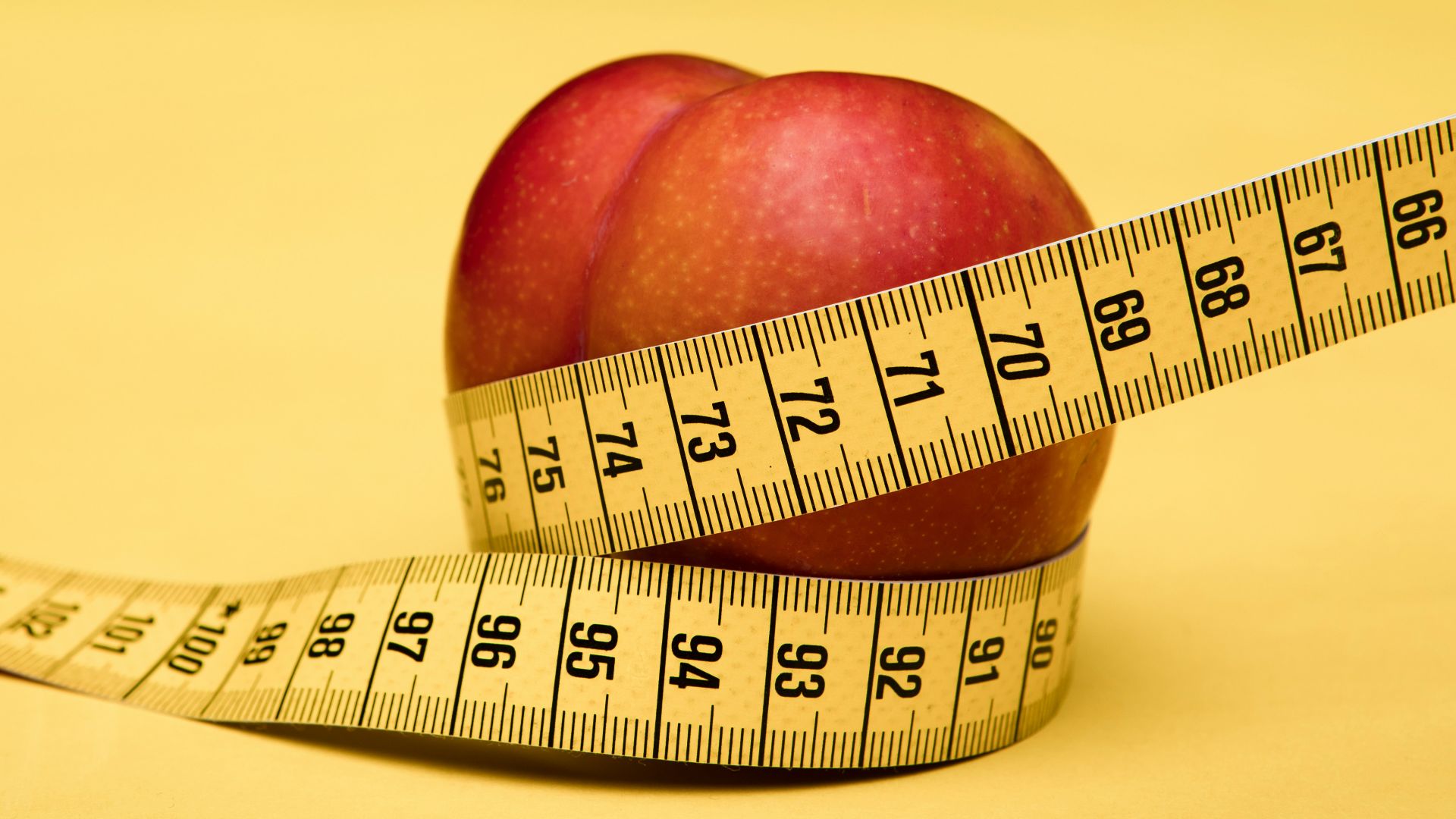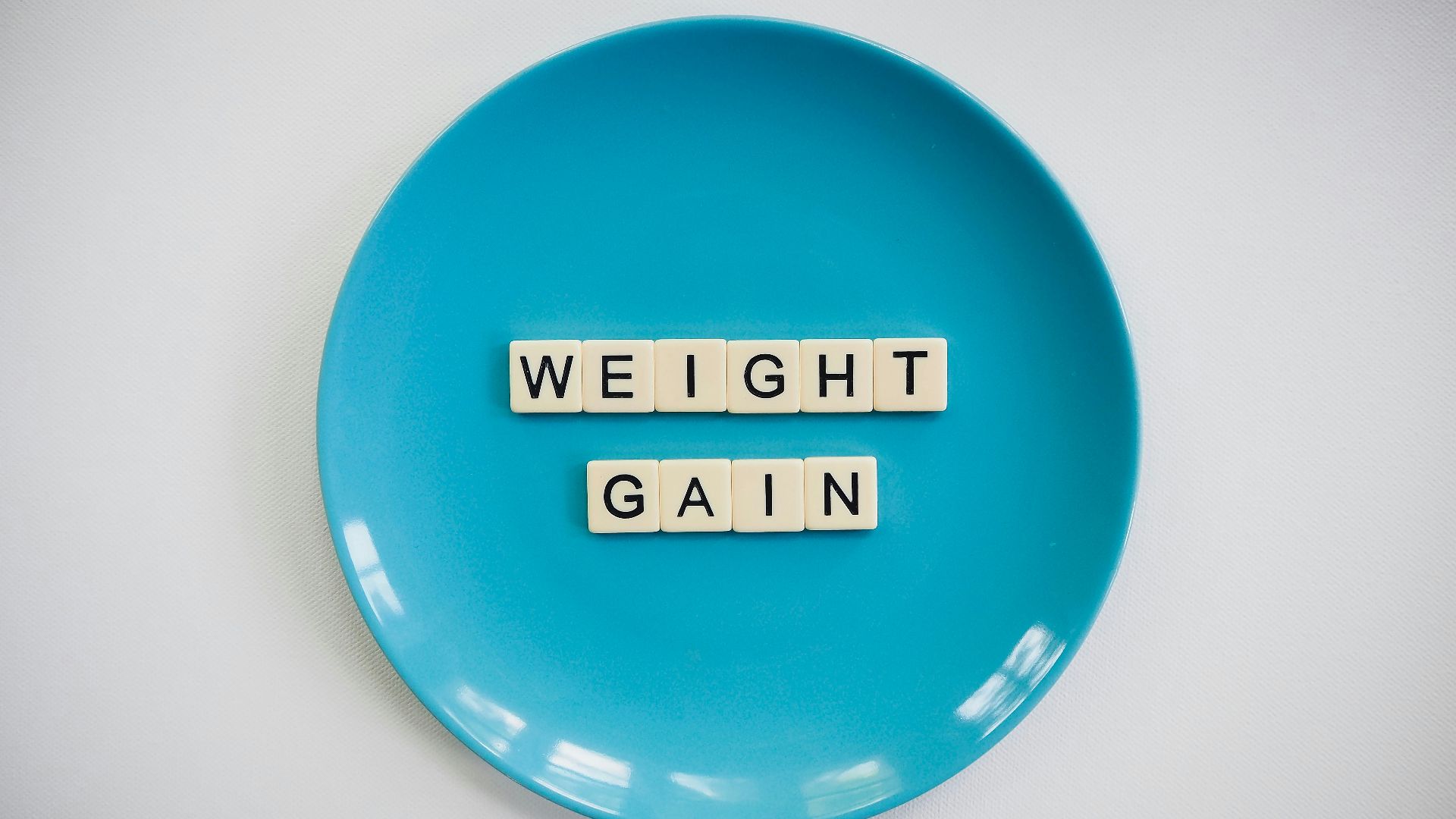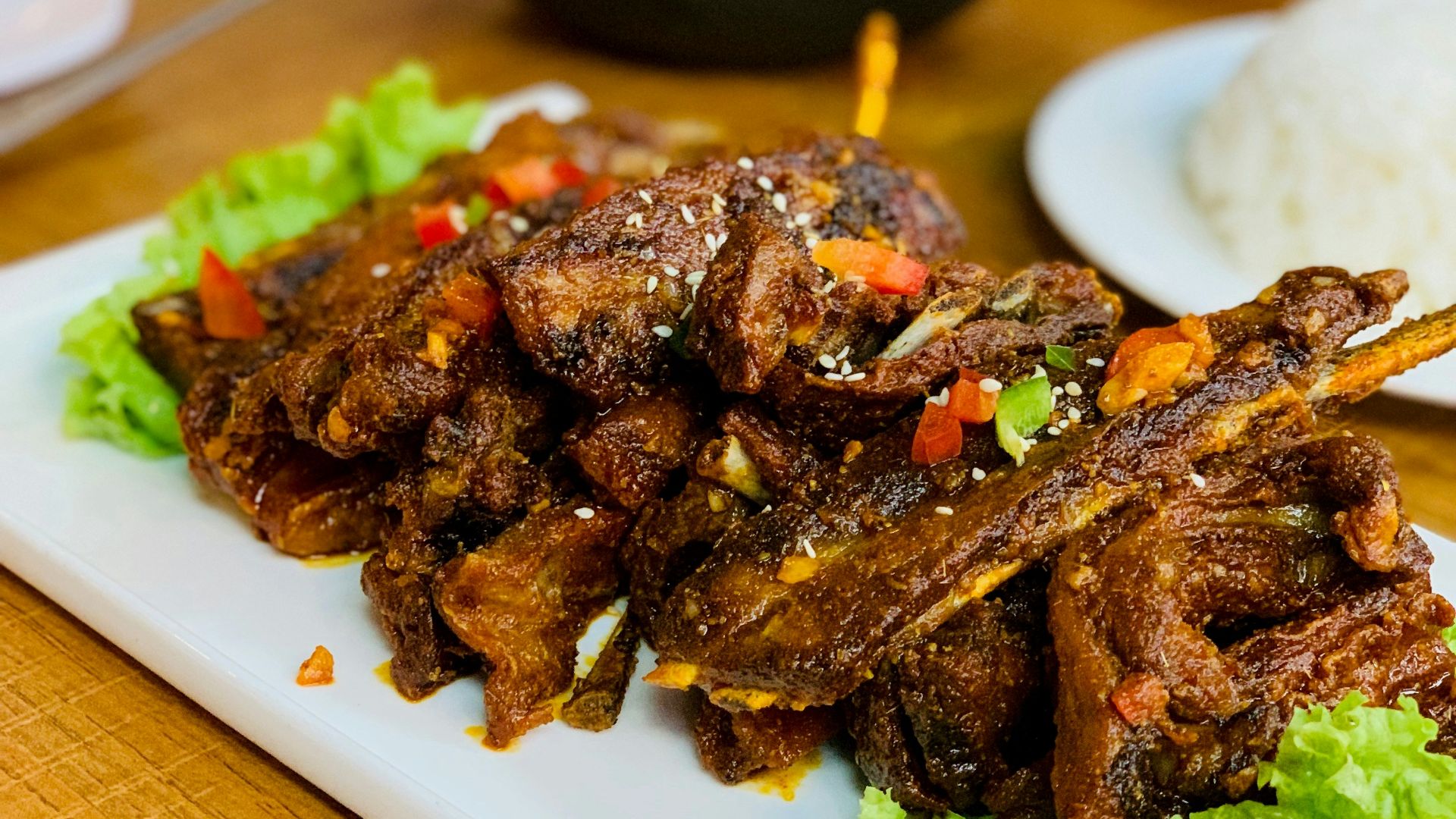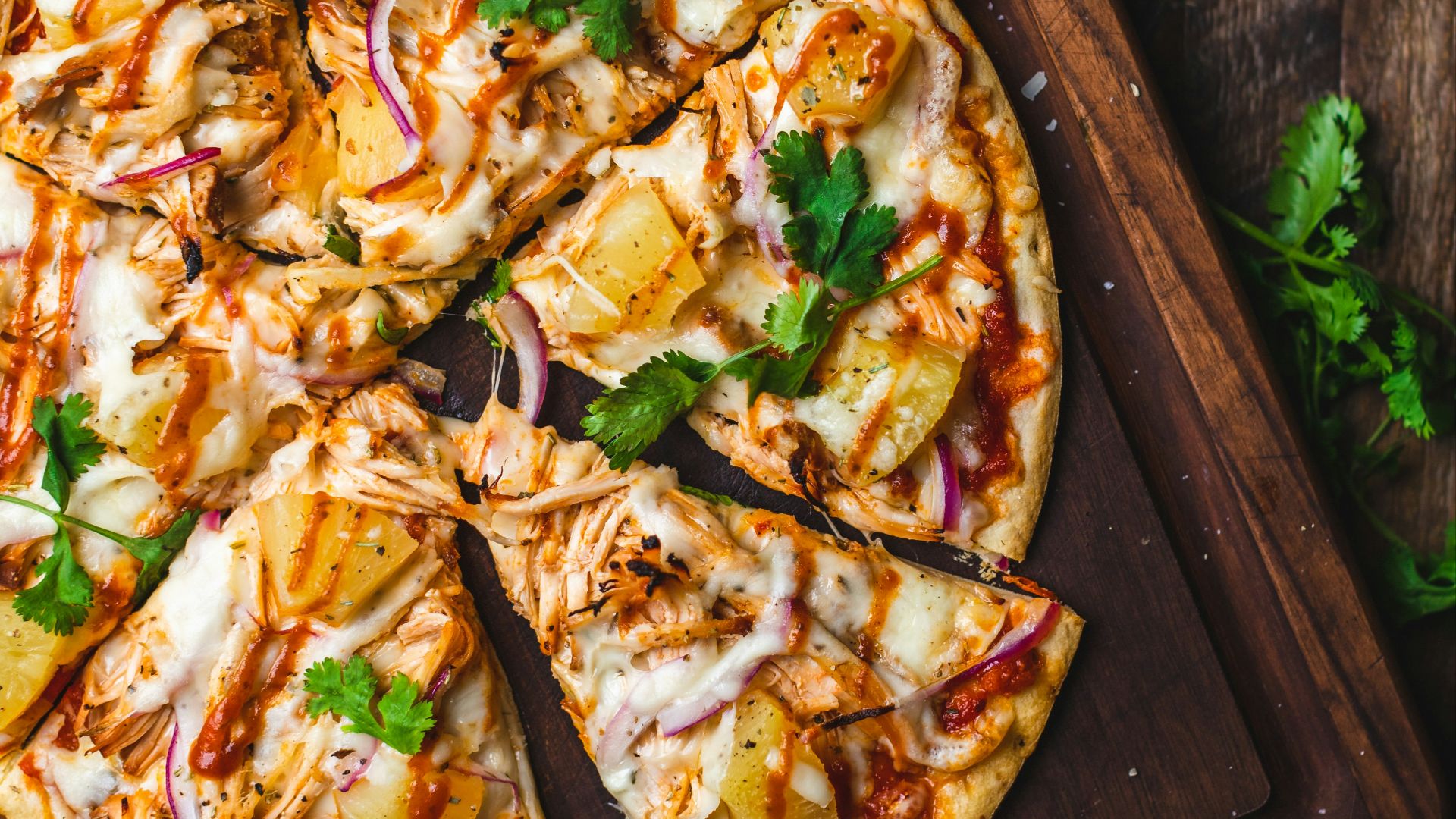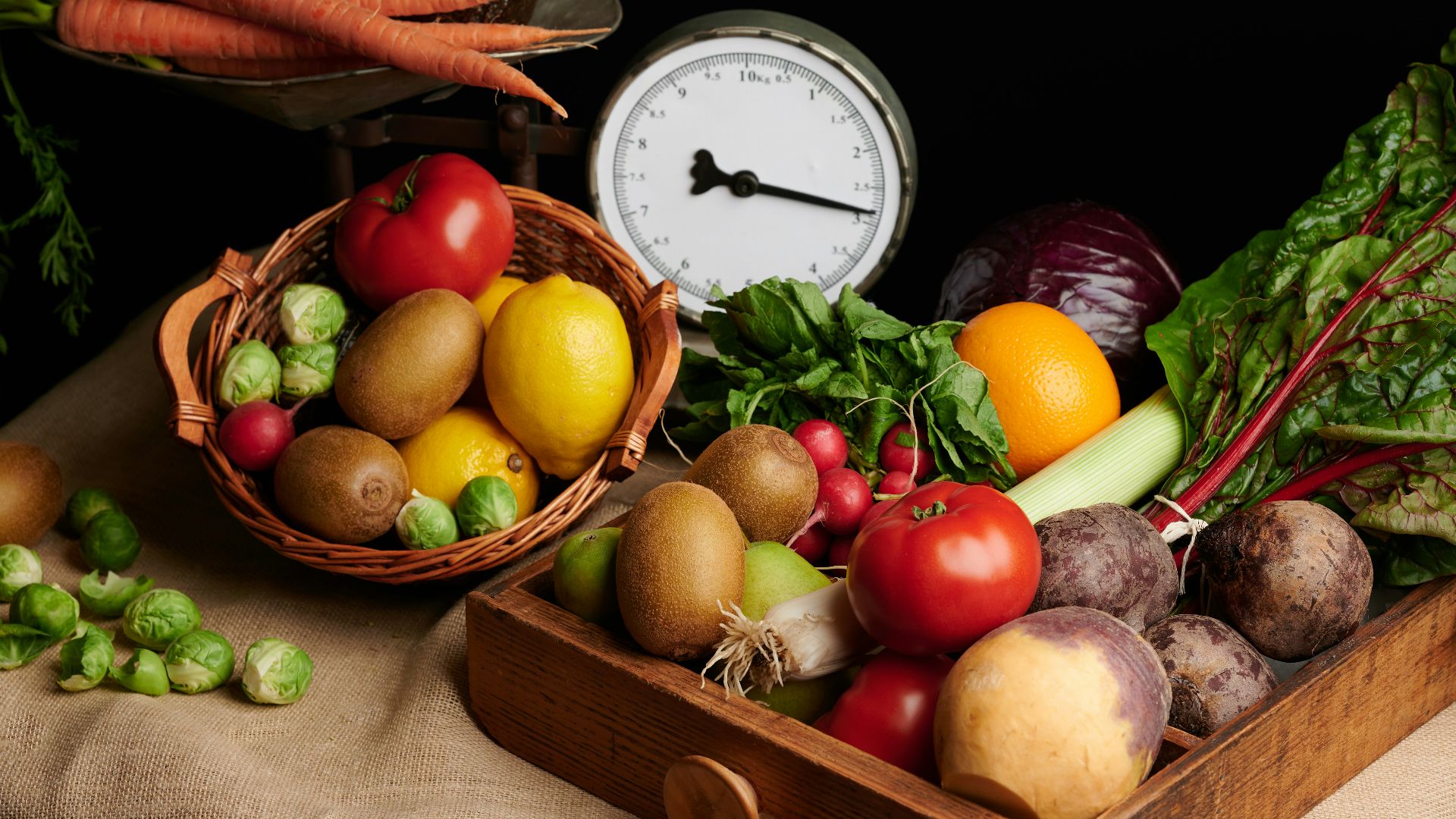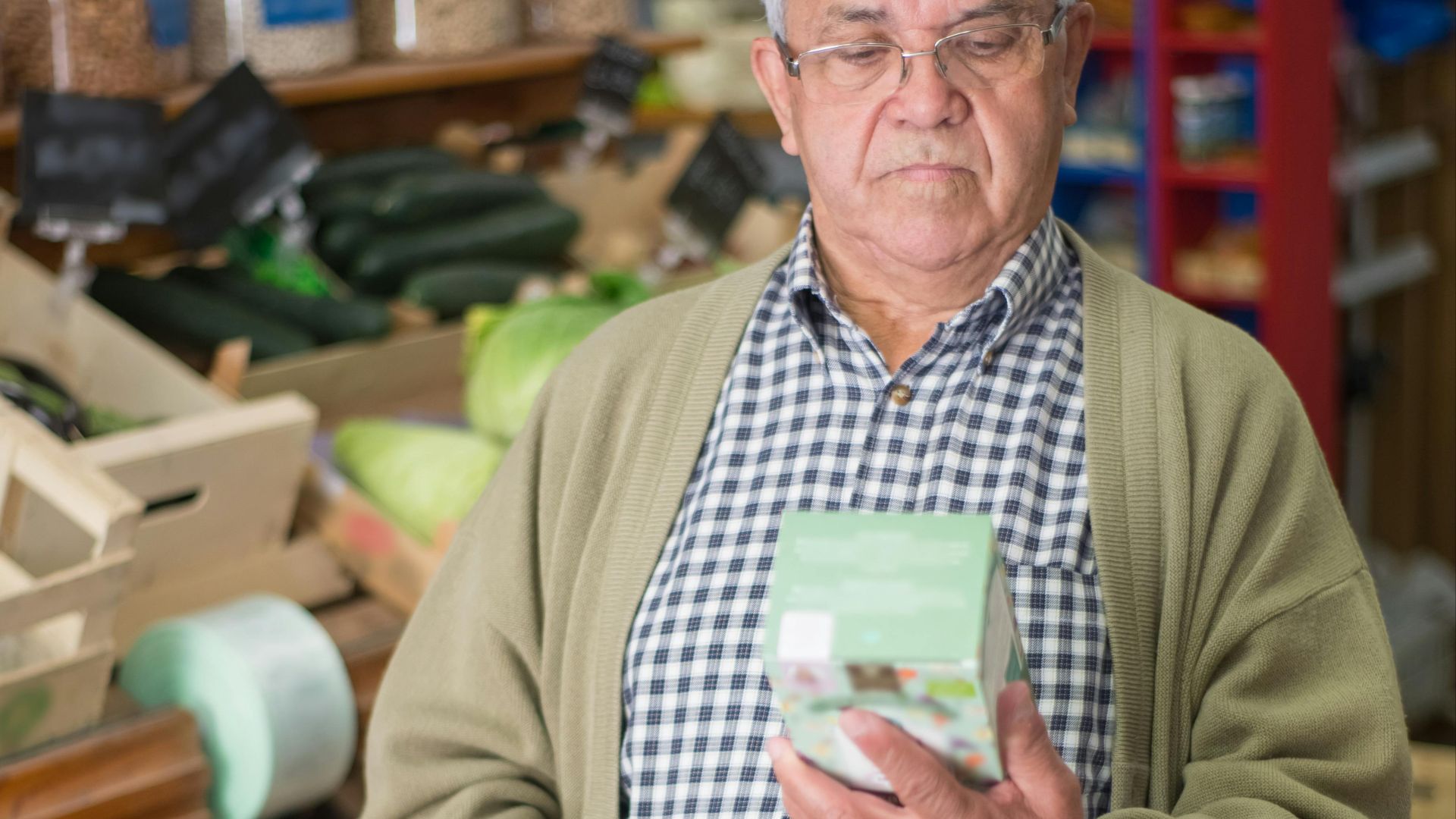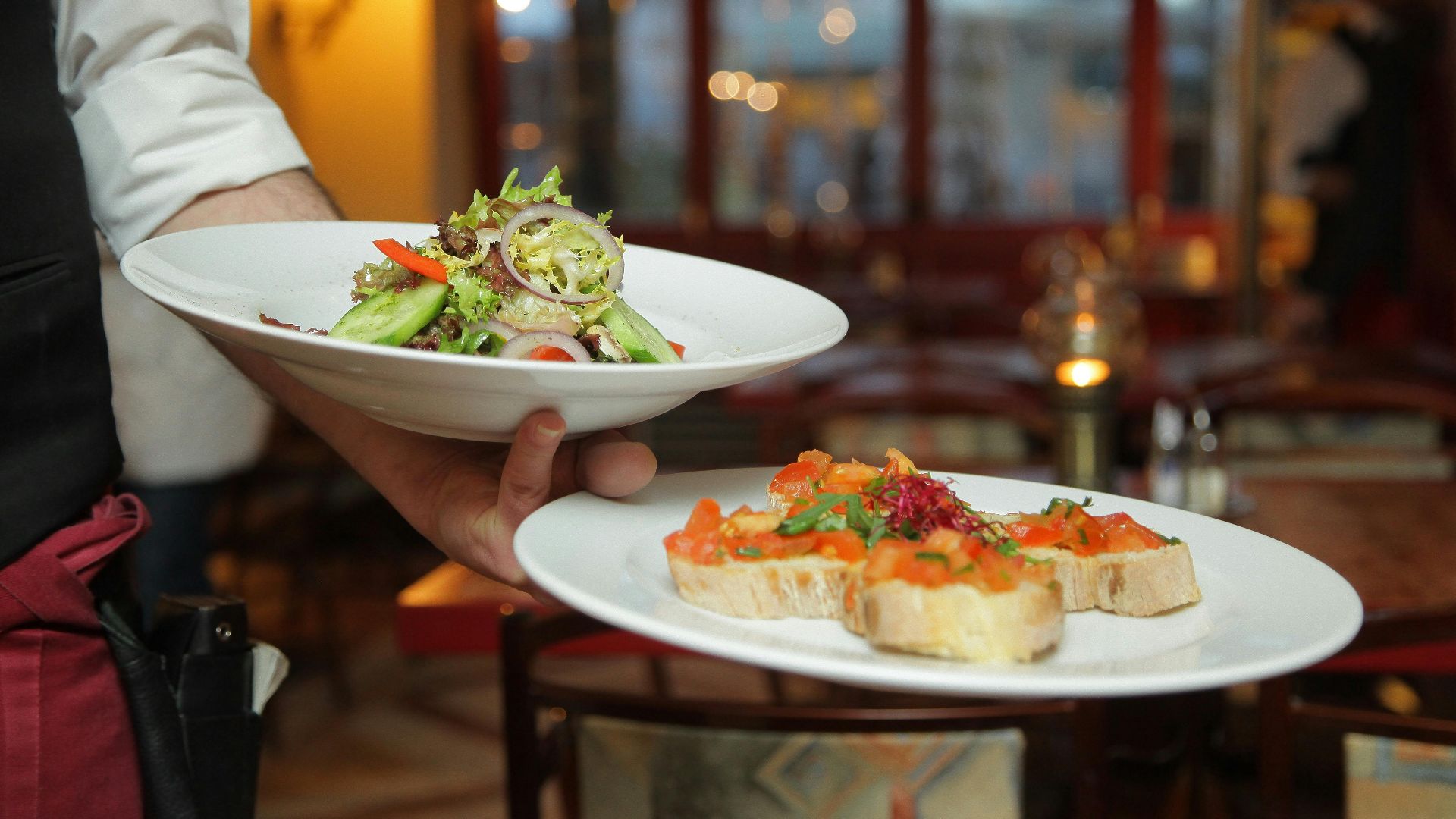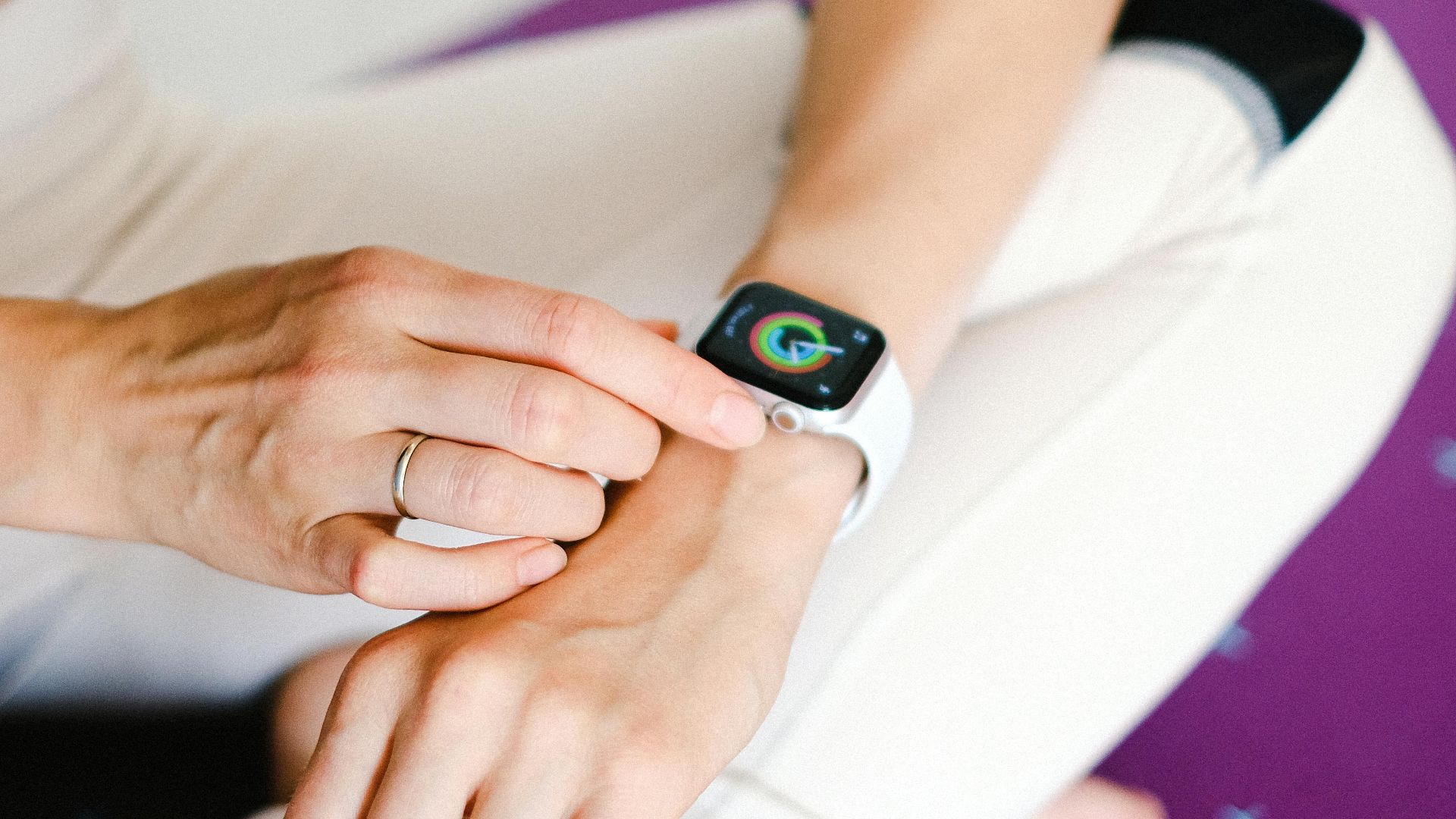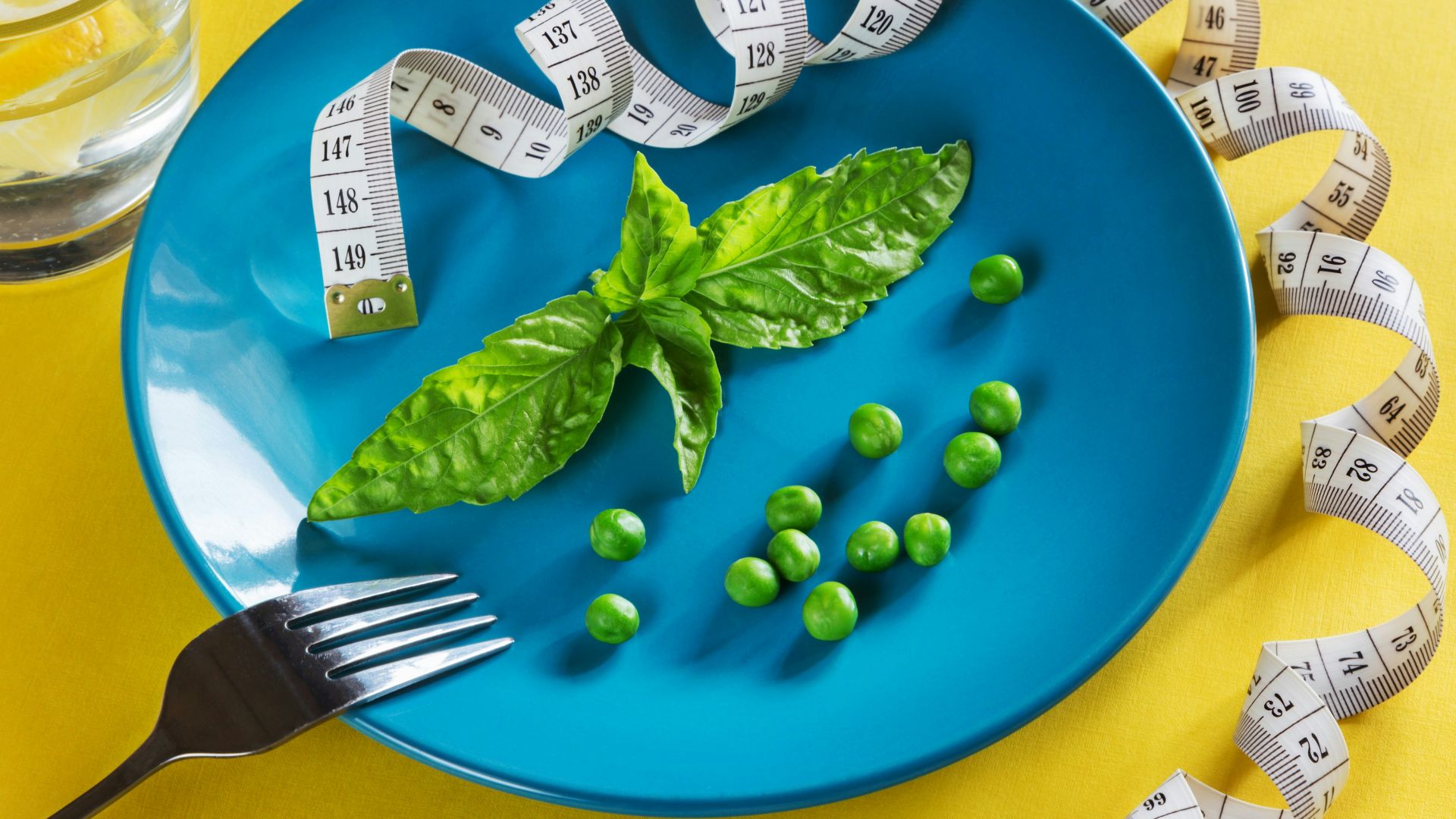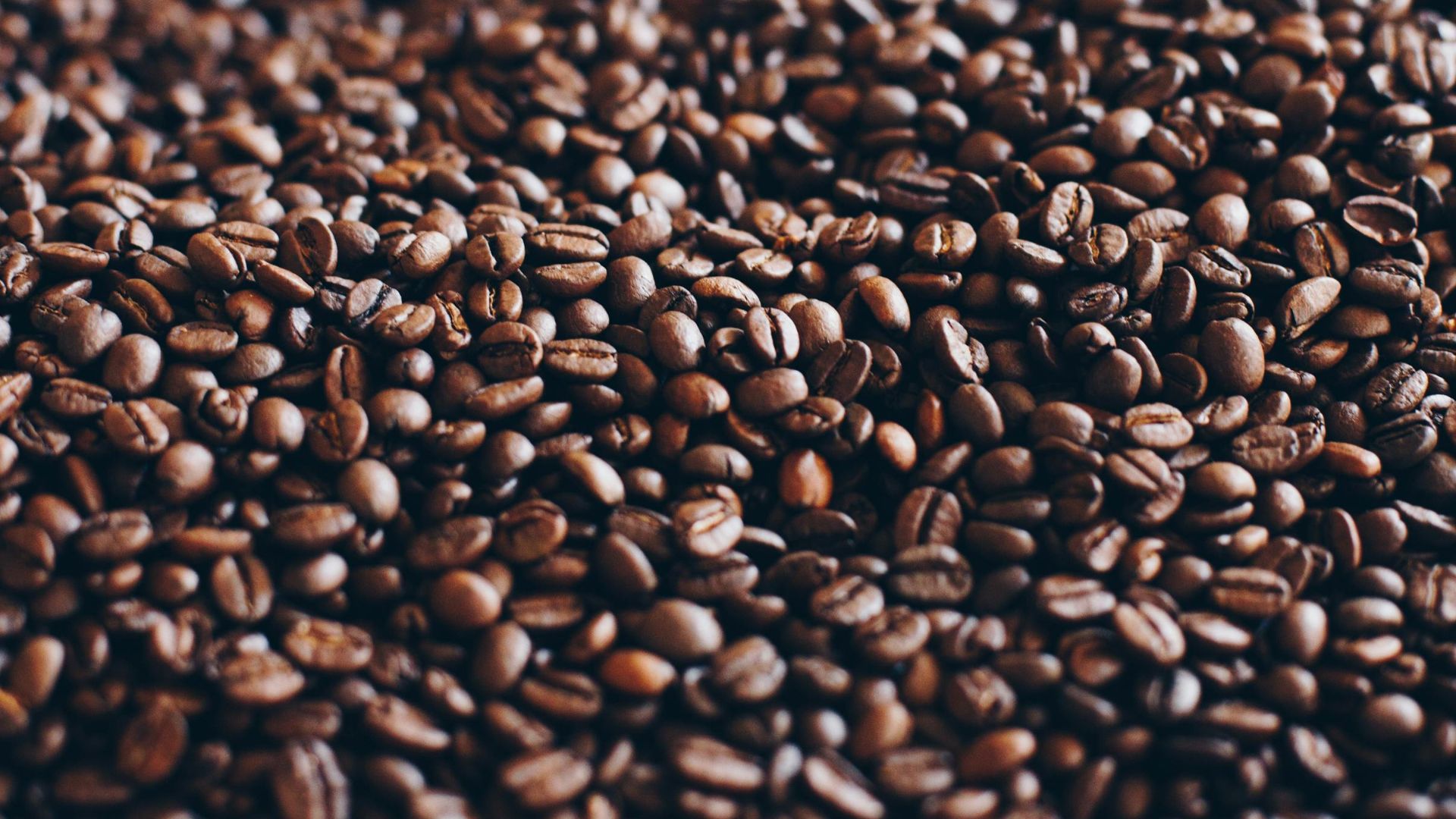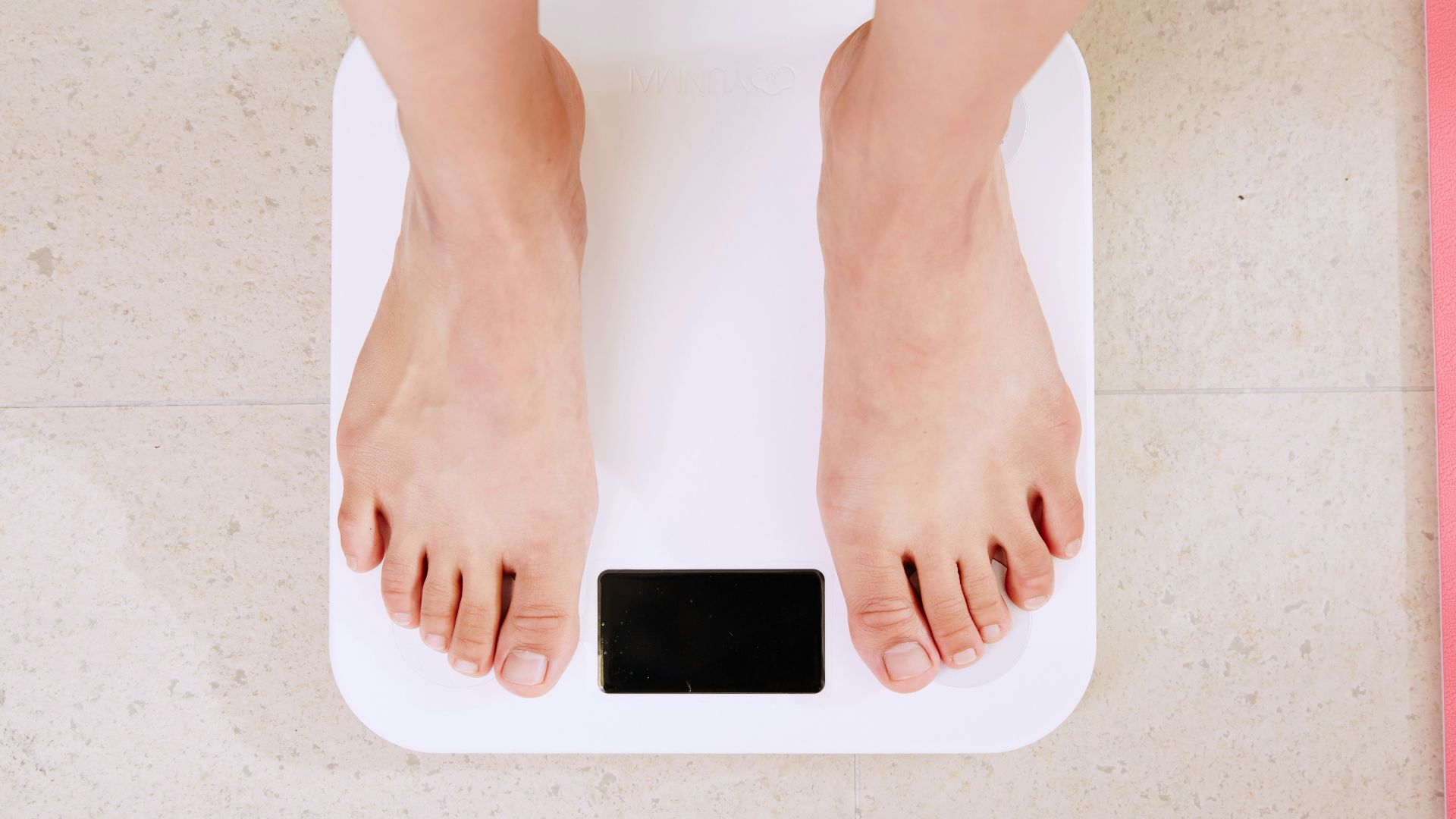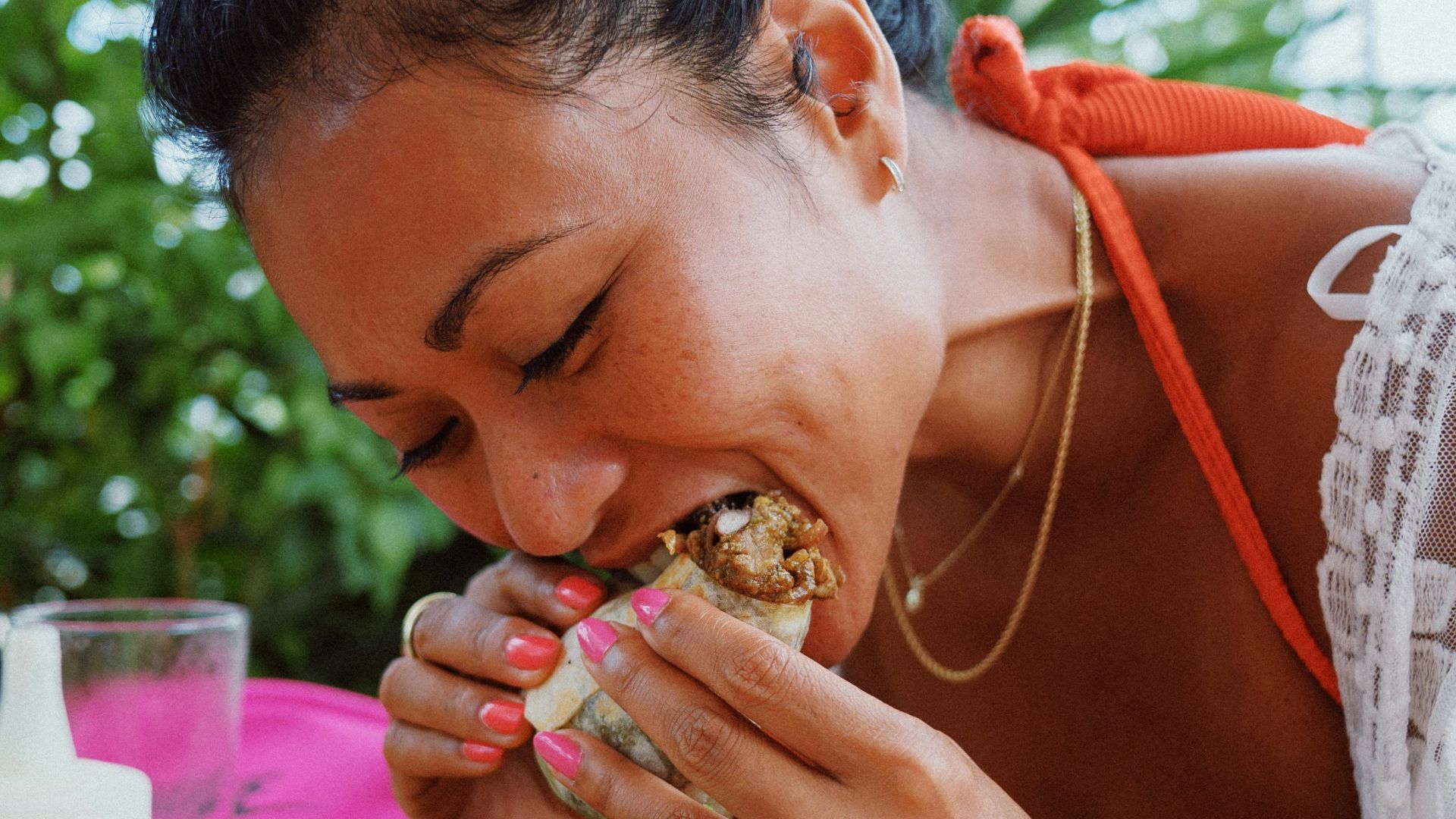Are You On the Right Track?
Studies show that nearly half of its participants inaccurately record calories—even with the apps. Between tracking macros and properly weighing food, it’s easy to see why so many people get confused about the numbers! Many don’t think it’s the hassle, while others can’t understand why they aren’t losing any weight, but don’t worry. We’re here to make it a little easier.
1. Not Weighing Your Portions
We all make fun of the guy with the food scale, but he’s the only one with real results! Forget about eyeballing your portions; the best way to score accurate numbers is by weighing what you eat. It takes out all the guesswork and actually makes your journey easier.
2. Forgetting Sauces and Oils
You’d be surprised by just how many calories that tablespoon of olive oil has. It’s the same thing with whipped cream on your coffee or plum sauce with dinner. Tracking calories means tracking everything, so don’t forget this seemingly little step. Some people forgo hundreds of calories just in condiments alone!
3. Ignoring “Small Bites”
It’s easy to assume that a bite of cake here or a few almonds there won’t amount to anything. However, the more you snack without tracking it, the higher that number climbs. Track everything, even if it’s only a teaspoon, to get the most accurate number.
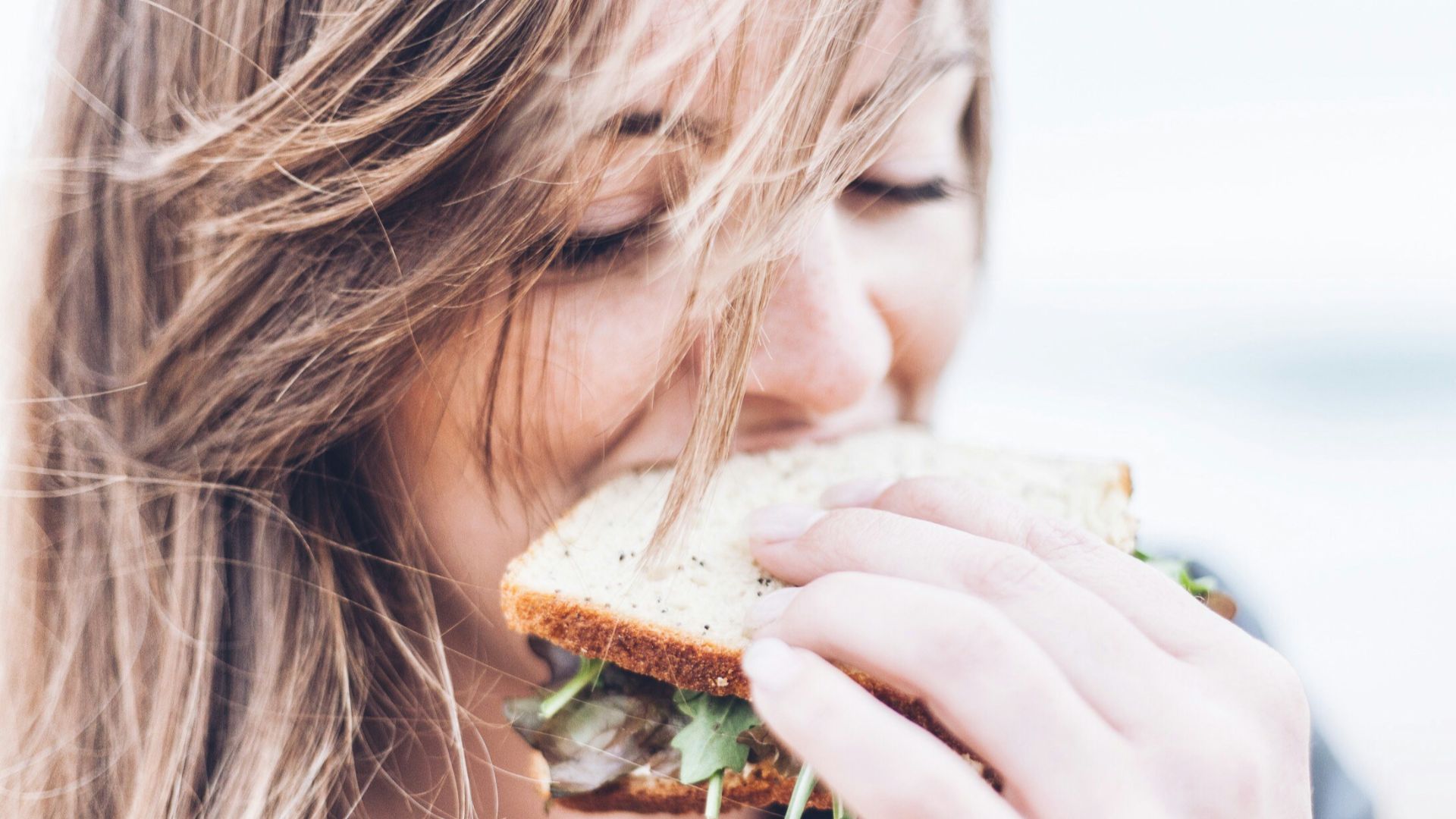 Gardie Design & Social Media Marketing on Unsplash
Gardie Design & Social Media Marketing on Unsplash
4. Cooked vs. Raw Food
There’s a big difference between cooked food and raw food—entering calories or weight based on raw portions isn’t always the same as cooked plates. The best thing you can do is follow the packaging and weigh items accordingly.
5. Only Using the Apps
Fitness apps are some of the most helpful tools around! However, you want to be careful with how much you trust them. Not everything you enter is accurate, and not every number it feeds you is correct. While approximations are okay, you don’t want to rely on them as gospel.
6. Inconsistent Weekend Tracking
The weekend is party time, but that’s no reason to forget your calories! It’s understandable if you eat a few pizza slices; however, they also need to be recorded. You aren’t doing yourself any favors by omitting obvious calorie-heavy meals.
7. Not Tracking Liquid Calories
Speaking of the weekend, who doesn’t love a good Saturday night cocktail? We hate to burst your bubble, but there’s a reason people call it “drinking your calories”! Whatever cocktail you consume, make sure you track it in your app or diary—those numbers put things into perspective.
8. Incorrect Restaurant Calories
Not every restaurant dish is available on fitness apps, which is why so many people forego entering them at all. The thing is, you still ate that plate of pasta, so even if you can’t find exact numbers, it’s important to find anything close.
9. Tracking Meals, Not Ingredients
Meals aren’t made equally. For example, your aunt’s recipe could be way healthier than that Italian restaurant’s down the street. Whenever you can, track the ingredients, not just the meal itself. Entering any ol’ dish into your app is a good way to get bad numbers.
10. Not Buying a Food Scale
We know it’s a little annoying, especially in the beginning, but a food scale is crucial for calorie counting. Without one, you’re left to second-guess yourself or put all your trust in the apps—neither of which yields efficient results.
With so many intricacies involved, how do you actually track calories properly? We have a few ways to get the best numbers!
1. Read Labels Carefully
Nutrition labels offer more than just calories. They spell out everything from fat content and protein to fiber and sodium. Make sure you skim those numbers carefully, especially when tracking weight.
2. Track Calories as You Go
As much as we hate being glued to our phones, it makes sense to keep them with us during dinnertime. Whenever you snack, whenever you eat a full meal, track every calorie. If you don’t, the next thing you know, you’ve eaten way over your allotment without even realizing it.
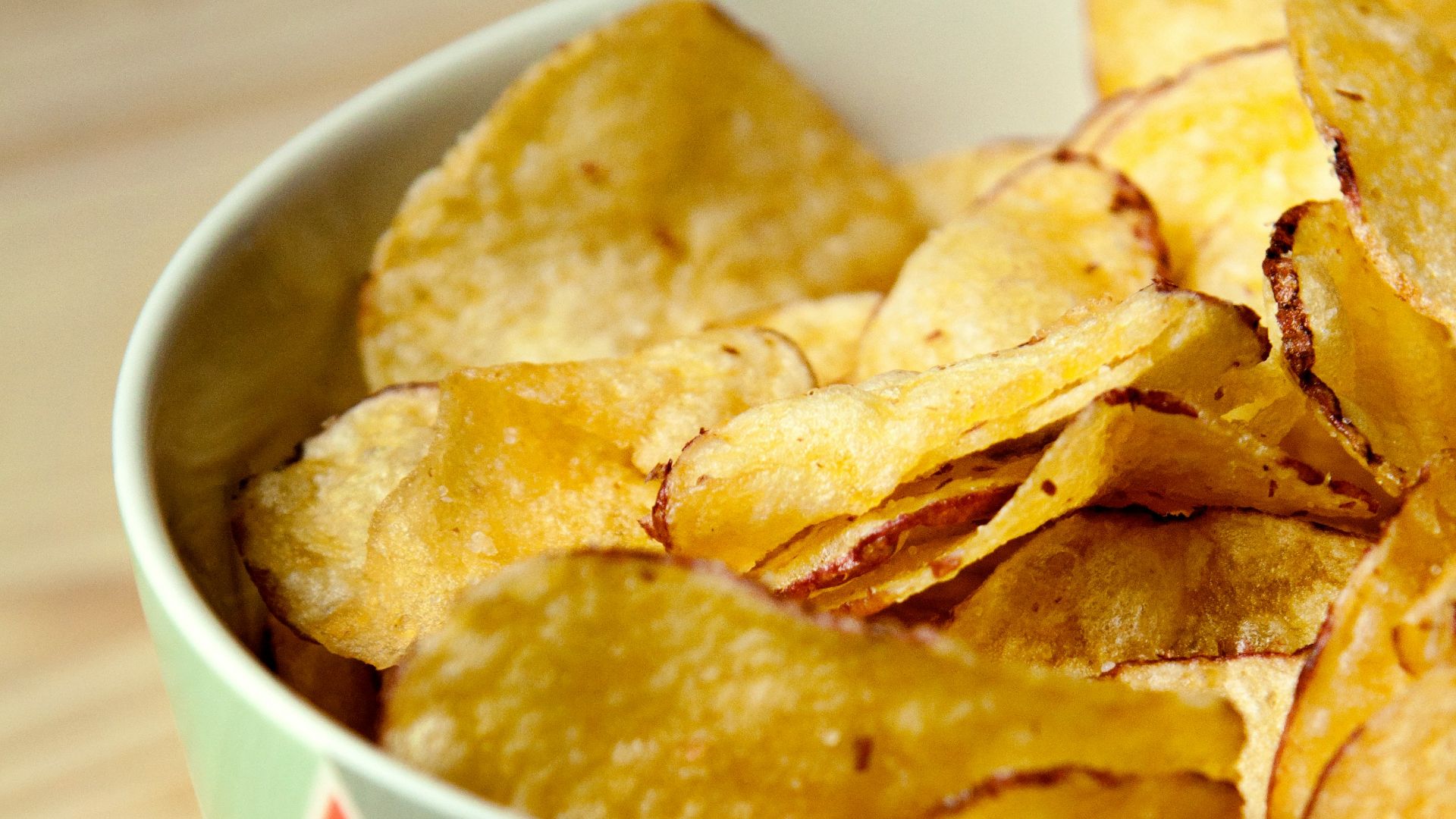 Emiliano Vittoriosi on Unsplash
Emiliano Vittoriosi on Unsplash
3. Invest in the Apps
While you don’t want to devote everything to fitness apps, you shouldn’t ignore them either. Popular options like MyFitnessPal have thousands of logged meals and ingredients that make tracking a breeze. You can also enter your own batches or different foods, making it easier the next time you grab them.
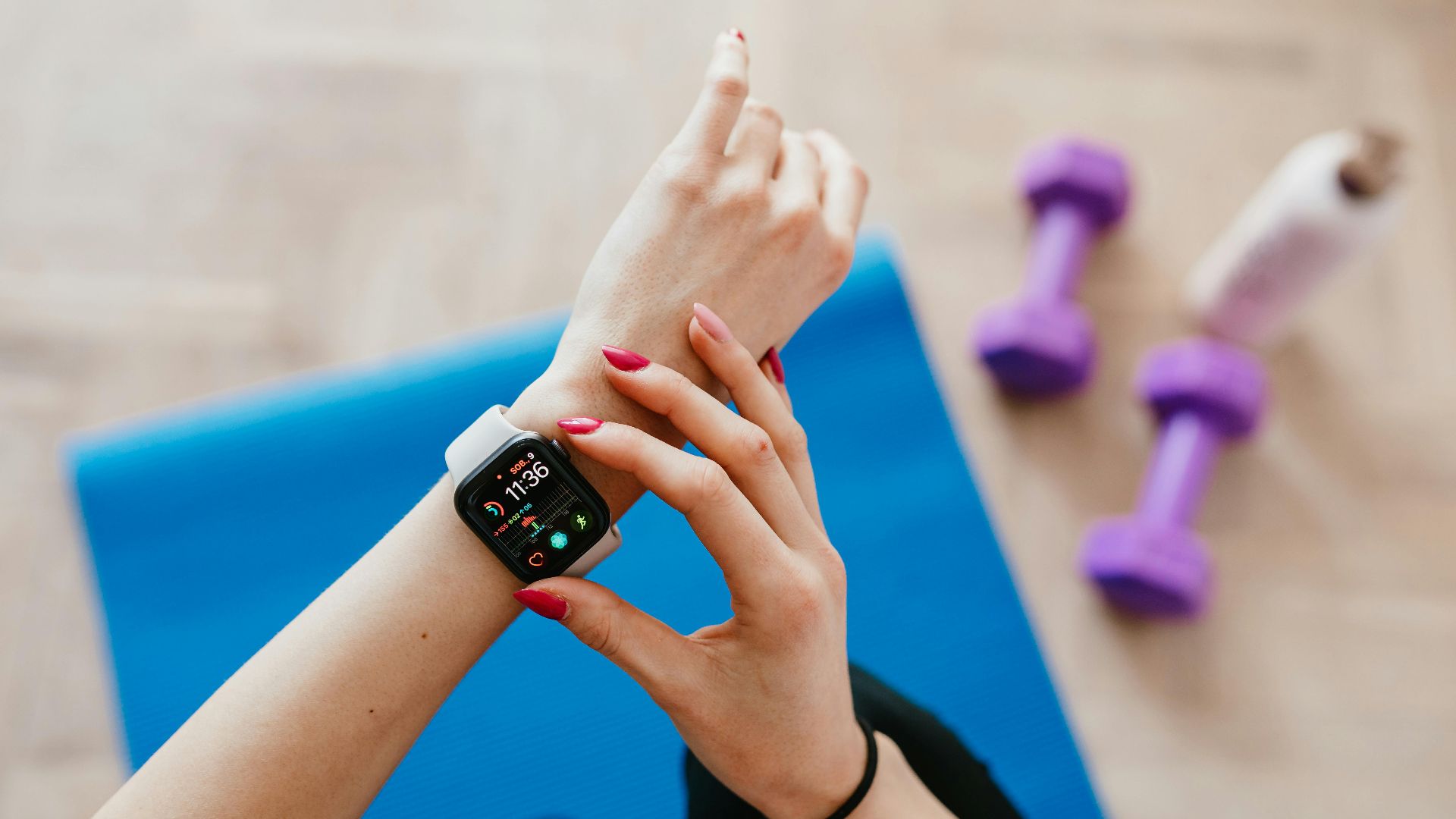 Photo By: Kaboompics.com on Pexels
Photo By: Kaboompics.com on Pexels
4. Track Local Fast Food as Chains
Fitness apps have just about every fast food item in their database. What they don’t have, however, is local haunts. If you can’t find calories for hole-in-the-wall spots, find the closest dish you can and enter those numbers instead. The important thing is to at least record something.
5. You Don’t Need to Obsess
It’s one thing to focus on the numbers when you first start—it’s another to let them consume you. Obsessing over the numbers does more harm than good, oftentimes causing overeating after heavy restrictions or massive hits to your self-esteem. Everyone is on their own journey, and it’s okay if you don’t lose insane numbers right away!
6. Grab a Digital Food Scale
Kitchen scales can help you for as long or as little as you want. Some people can’t go without them, while others rely on them in the beginning to help provide some insight into their portions. However long you use it, it’s a worthwhile investment for accurate calories.
7. Don’t Rely on Your Memory
Try not to rely on your memory for meals! Even yesterday’s ingredients warrant a refresh in your app; ballparking calories causes inaccurate information. Remember: different preparations and varying brands can all come with their own number, too, so it’s important to track things properly.
8. Track Your Morning Coffee
A splash of milk seems like nothing—but those “little” calories add up quickly, especially if you keep ignoring them. Do yourself a favor and enter everything you consume, even if it’s small. What you consider a splash of cream could easily be half a cup, which can sometimes be upwards of 50 calories.
9. Practice Mindful Eating
A big way to keep healthy during your journey is to practice how you eat. Calorie counting is more than weighing your food; it’s about taking smaller bites, enjoying meals instead of wolfing them down, and forgoing the television set. Those habits can serve you for a lifetime, which makes tracking that much easier.
10. Approximations are Okay
At the end of the day, you won’t always get 100% accuracy. Approximations are okay, so long as you don’t depend on them! If anything, it’s always safer to round higher and stick with generic brands over nothing at all.
KEEP ON READING






